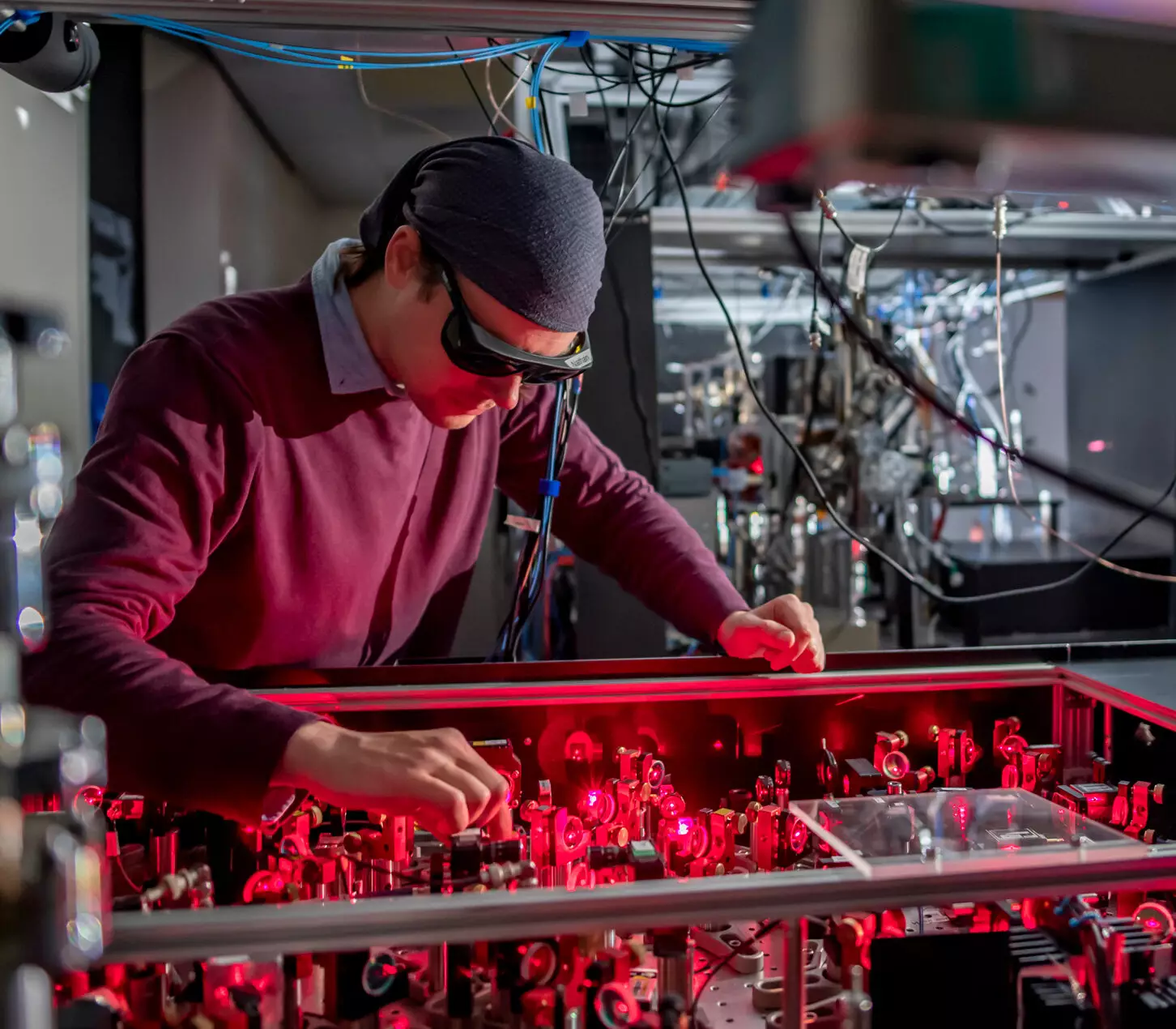The study of dark energy and dark matter has long been a mystery in the field of physics. Ordinary matter makes up only a small percentage of the universe, with the rest being attributed to dark matter and dark energy. Detecting and understanding these components of the universe is crucial in unraveling the secrets of the cosmos.
Scientists from the University of Nottingham’s School of Physics have embarked on a groundbreaking experiment using a specially designed 3D printed vacuum system. This system aims to trap dark matter by reducing the density of gas and introducing ultra-cold lithium atoms to detect dark walls. The construction of these 3D vessels is based on the theory that light scalar fields undergo density-driven phase transitions, leading to the formation of domain walls.
Scalar fields play a vital role in the detection of dark matter. By introducing particles called scalar fields, scientists aim to observe defects or dark walls that may indicate the presence of dark matter. These dark walls are formed as density decreases, similar to how crystal structures form when water freezes into ice. Detecting these defects can prove the existence of scalar fields and contribute to our understanding of dark matter.
The research team led by Professor Clare Burrage and Associate Professor Lucia Hackermueller have meticulously designed a laboratory experiment to detect dark walls. The 3D printed vacuum chambers have been crafted to match theoretical calculations of dark walls, creating an ideal environment for trapping dark matter. By cooling lithium atoms to near absolute zero and using laser photons to analyze their quantum properties, the team aims to observe the behavior of these particles as they interact with dark walls.
The extensive three-year effort put into building this experimental setup highlights the significance of the quest to detect dark matter. Whether the team proves the existence of dark walls or not, the experiment will provide valuable insights into dark energy and dark matter. This controlled lab experiment serves as an excellent example of how scientific methods can be used to measure phenomena that are otherwise unobservable in the universe.
The development of a 3D printed vacuum system for trapping dark walls represents a significant advancement in the study of dark matter. The intricate process of constructing the vacuum chambers, cooling lithium atoms, and analyzing quantum properties showcases the dedication and innovation of the scientific community in unraveling the mysteries of the cosmos. The results of this experiment have the potential to deepen our understanding of dark energy and dark matter, paving the way for future discoveries in the field of physics.


Leave a Reply